May 28, 2025 | 22:18 GMT +7
May 28, 2025 | 22:18 GMT +7
Hotline: 0913.378.918
May 28, 2025 | 22:18 GMT +7
Hotline: 0913.378.918
According to the General Customs of Vietnam, South Korea is the second-largest market, after China, for importing Vietnamese fruits and vegetables, accounting for about 5% of the total export market share.
Three main agricultural products significantly contributing to fruits and vegetables export turnover to South Korea include bananas, mangoes, and sesame seeds. Specifically, banana exports reached $ 35.4 million, nearly tripling compared to the same period last year. Mango exports totalled $ 24 million, a 72% increase, and sesame seed exports reached nearly $ 30 million, up 62%.
Additionally, other products like dragon fruit, watermelon, shiitake mushrooms, durian, and pineapple also saw strong growth, ranging from 40% to 217% compared to the same period. Notably, almond exports, a type of nut from Vietnam, reached nearly $ 2 million, marking a 244-fold increase.
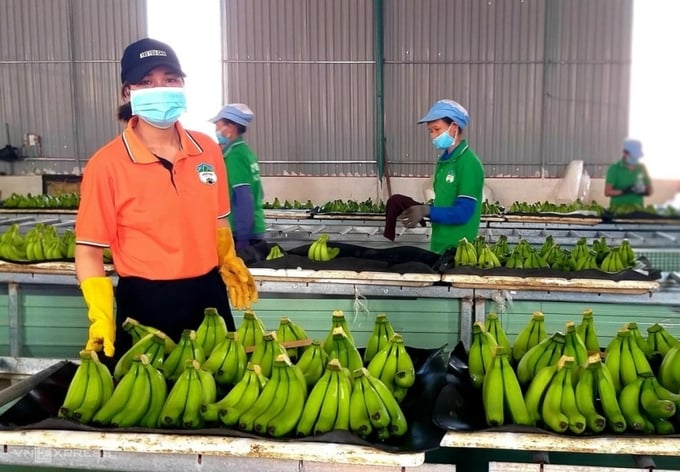
Hoang Anh Gia Lai's banana processing factory. Photo: Thi Ha.
A representative of a banana exporting business in Gia Lai stated that their products are increasingly winning the favour of South Korean consumers and are widely available in major supermarket chains like Lotte Mart. The bananas, grown in the highlands of Lơ Pang commune, Mang Yang district, Gia Lai province, are distinguished by their thick peel and rich sweetness.
Mr Dang Phuc Nguyen, General Secretary of the Vietnam Fruit and Vegetable Association, commented that the scale of fruits and vegetables imports from South Korea is continuously growing. It is expected that in the first seven months of the year, Vietnam's fruit and vegetable export turnover to South Korea will reach $ 190 million and may continue to increase sharply during the year-end festive season.
As for bananas, the South Korean market size exceeds $ 300 million annually. Therefore, this fruit still has significant potential for growth and market expansion in this country.
According to the Vietnam Trade Office in South Korea, in addition to bananas, products such as watermelon, pineapple, strawberries, grapes, mangoes, and jackfruit are also attracting the attention of South Korean consumers. To compete with other countries like Thailand and the Philippines, Vietnamese products must meet food safety standards and be packaged according to local requirements.
Translated by Hoang Duy
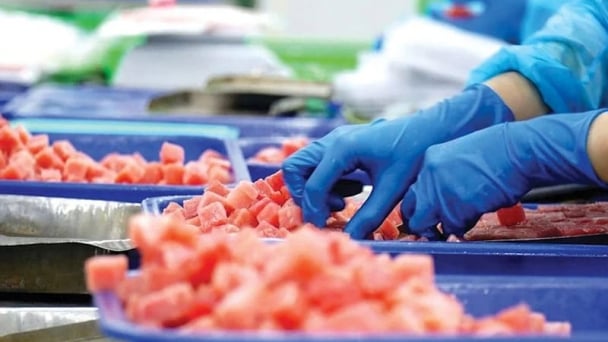
(VAN) The import-export turnover between Vietnam and Singapore rose amid a trade rebound, with machinery, electrical equipment, and fuels making up the majority of the transaction value.

(VAN) Director General of the General Administration of Customs of China, Ms. Sun Mai Jun, has pledged to implement measures that will ease the import process for Vietnamese agricultural products.
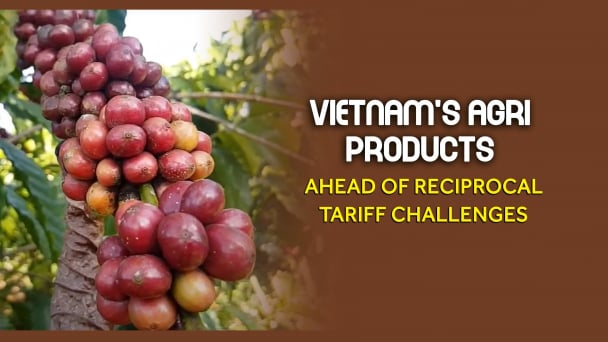
(VAN) Although Vietnam is still increasing its coffee exports, the industry is currently in the process of determining market strategies in response to the U.S. imposition of reciprocal tariffs.

(VAN) With rising demand in Muslim-majority countries, Halal certification is becoming a critical passport for Vietnamese agricultural products seeking sustainable market access and consumer trust in the Middle East and Africa.

(VAN) Vietnam’s fruit and vegetable exports to the U.S. are rising sharply, and exporters are hoping that any upcoming reciprocal tariffs will be set at manageable levels.
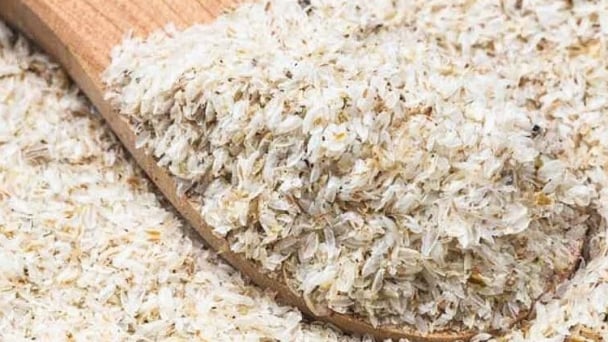
(VAN) Despite meeting quality standards, Vietnamese rice bran exporters still face difficulties with administrative procedures under the new protocol.
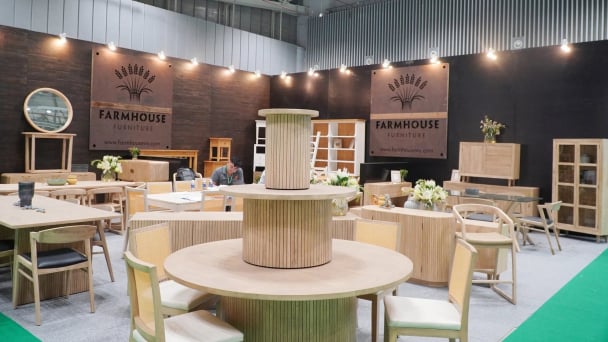
(VAN) The U.S. is tightening import tariffs and origin inspections, requiring Vietnamese businesses to proactively prepare in terms of legal compliance, supply chains, and appropriate export strategies.